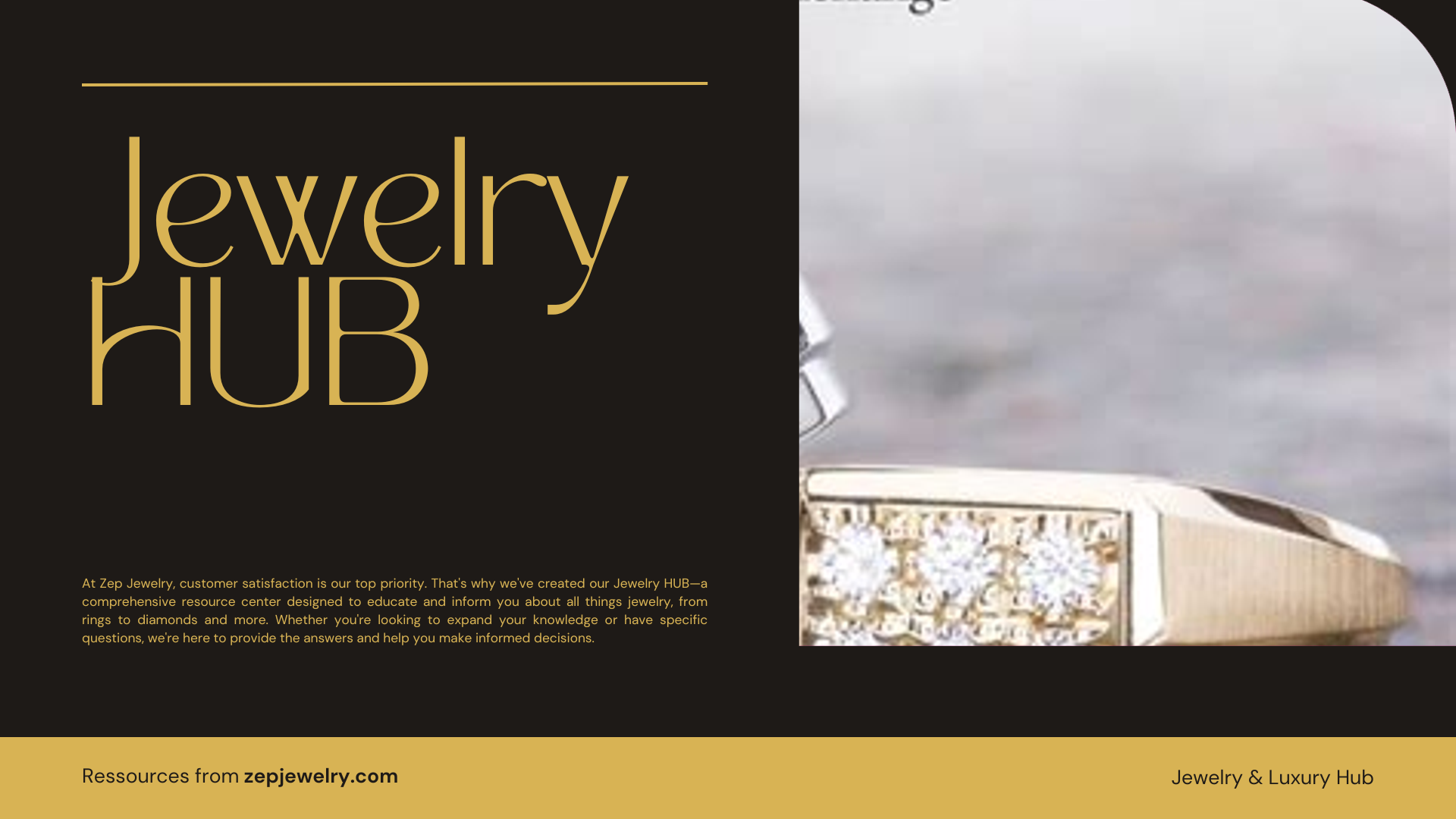Have you ever wondered how some jewelry stores manage to keep their prices so tantalizingly low while others leave you gasping at the cost? The Jewelry Exchange has cracked the code to affordability, unveiling a treasure trove of shimmering gems and dazzling pieces at prices up to 30% lower than its competitors. By forging direct connections with overseas manufacturers, they’ve sidestepped the traditional jewelry industry’s labyrinthine markups. This clever strategy doesn’t just make luxury accessible; it transforms the way we think about buying jewelry, making every sparkling ring or necklace feel like a hidden gem waiting to be uncovered.
Why is the Jewelry Exchange able to offer such low prices?
The Jewelry Exchange is able to offer such low prices through a unique and effective low-cost business model that takes full advantage of globalization. By sourcing diamonds and jewelry directly from overseas manufacturers, they slash the traditional markups that typically inflate prices in the jewelry market. This innovative approach allows the Jewelry Exchange to sell their products for prices that are approximately 30% lower than their competitors.
In greater detail, this direct-to-manufacturer relationship not only eliminates middlemen costs but also enables The Jewelry Exchange to produce jewelry in high volumes—often 15 to 30 times more than a typical jewelry store. With this increased sales volume, the company can operate on significantly lower profit margins, often about 50% less than traditional jewelers. Additionally, by importing gems directly from site holders and maintaining state-of-the-art manufacturing facilities, the Jewelry Exchange ensures that they can offer attractive and competitive pricing without compromising quality.
Moreover, understanding the intricacies of the diamond and jewelry market through years of experienced leadership further solidifies their pricing strategy. The founder, Bill Doddridge, has a deep background in the jewelry business which informs their policies and practices. This combination of strategic sourcing, volume purchasing, and savvy operational management contributes to the remarkable pricing advantage that customers experience when shopping at The Jewelry Exchange.
Where does the Jewelry Exchange source its diamonds?
The Jewelry Exchange obtains its diamonds directly from site holders, meaning they cut out middlemen who typically inflate prices. Over 90% of the jewelry sold in their stores is manufactured in their own state-of-the-art factories. This control over the supply chain not only allows them to maintain competitive pricing but also ensures they have a consistent product quality that can be monitored directly from source to sale.
How long has the Jewelry Exchange been operational?
Founded in 1977, the Jewelry Exchange has been in business for over four decades. The company was established by Bill Doddridge, who started his journey in the jewelry industry by working in his stepfather’s pawnshop. Over the years, it has grown into a prominent retail chain with 15 locations across the United States, operating under the parent company Goldenwest Diamond Corporation.
What are the customer experiences like at the Jewelry Exchange?
Customer feedback at the Jewelry Exchange varies significantly. While many shoppers express satisfaction with the affordability and range of jewelry, including diamond rings and gemstone pieces, experiences can differ widely in quality. Some customers have reported feeling rushed or overwhelmed due to unusual store practices, such as requiring identification to view certain items, which can detract from a luxury shopping experience.
How does the diamond quality at the Jewelry Exchange compare to competitors?
Many reviews suggest that the overall diamond quality at the Jewelry Exchange may not meet the standards of other reputable jewelers. In particular, diamonds certified by the EGL grading system, commonly found in their selection, tend to have inflated quality claims compared to those graded by the GIA or AGS. This discrepancy means a customer could potentially end up purchasing a diamond with visible flaws, not realizing these issues until it’s too late.
Why might someone choose to buy from the Jewelry Exchange over online retailers?
Despite its lower pricing, purchasing from the Jewelry Exchange instead of online retailers like James Allen or Blue Nile may appeal to those who prefer a physical shopping experience. Some customers value the immediate access to products and personalized service that a brick-and-mortar store can provide. However, it’s essential for buyers to do thorough research on the diamond quality and prices, as online dealers often offer better value for similar or superior products.
What practices are used by the Jewelry Exchange that might be off-putting to customers?
The Jewelry Exchange has some practices that can feel outdated or overly cautious, such as requiring potential buyers to show identification before viewing engagement rings. Additionally, initial interactions in some stores may be jarring, involving loud announcements or intrusive security measures. These elements can create a shopping atmosphere that diverges from the typically elegant and relaxed experience found in other jewelry retailers.
